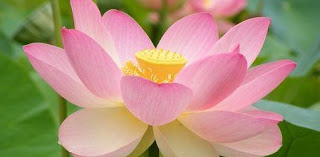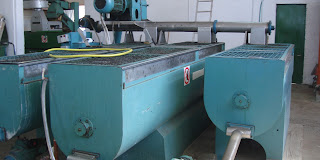The geologic structure that produces the famous caves of Lakonia also produces springs, where water naturally stored underground emerges at the surface. Locals take empty jugs to the springs and fill them with pure drinking water. Aficionados are able to distinguish the subtle differences in the flavor of water from individual springs. On the mountainside above Neapolis, springs are located in the villages of Faraklo and Kalania and at the church in Paradisi.
In the photo of Faraklo above, the spring emerges from a pipe underneath the stairs in the municipal building. Photo of Faraklo taken by lakonas67.
The spring at the church at Paradisi emerges from a pipe under the stone arch in the photo.

















































